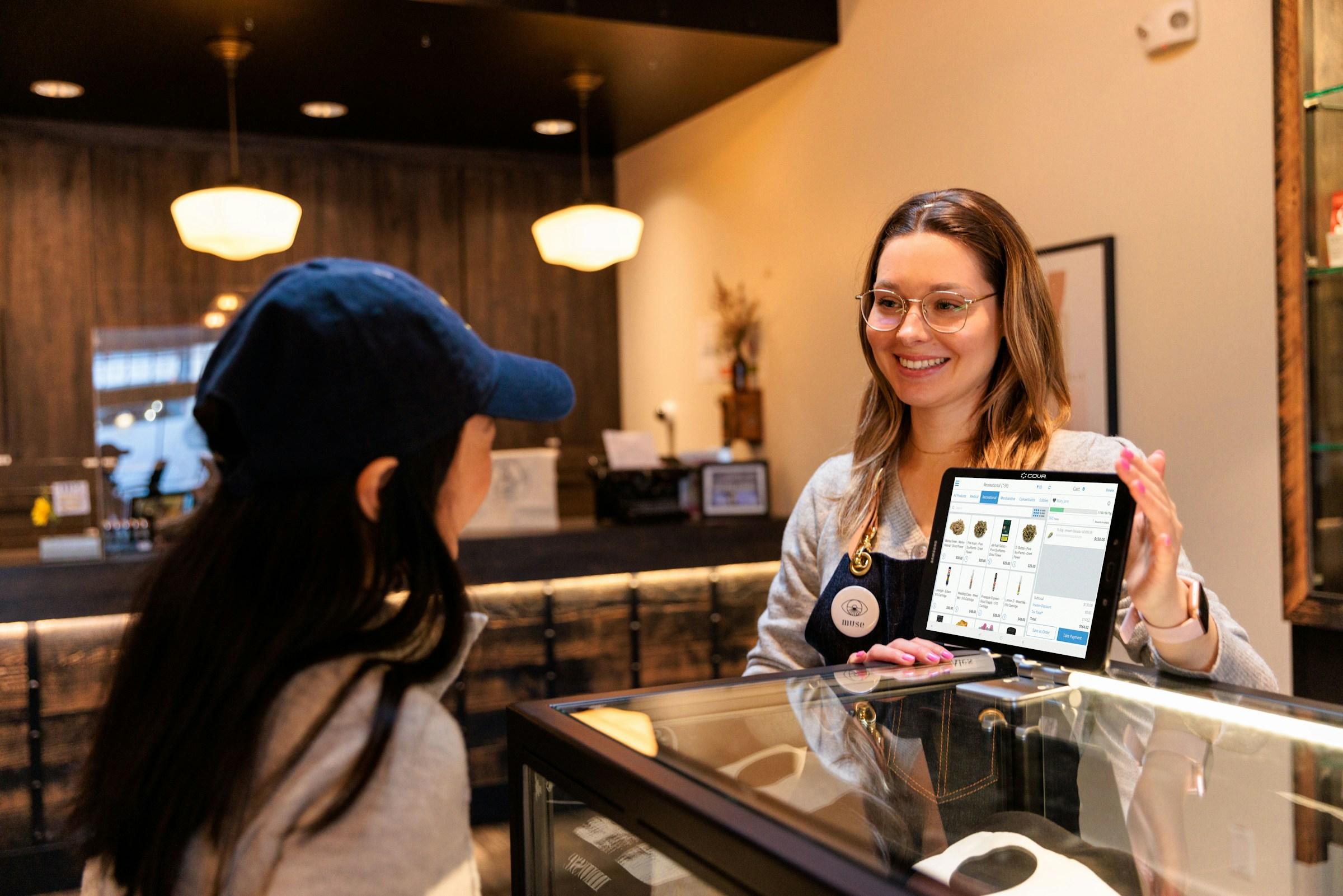I learned the cost of fragile marketing during a quarter when everything went wrong at the same time. We had a key creator pause, a platform tweak that killed our best lookalike audience, and a small PR crisis that ate three weeks of leadership attention. Our top-of-funnel fell by half. Our cost per lead doubled. The team looked at me and I could feel the unspoken question. What now. What saved us was not a brilliant idea. It was the boring work we had done months earlier to build a marketing system that could wobble and not fall. That is the quiet benefit of resilience. It turns a hit that would have ended the quarter into a bruise that heals.
Resilience is not about spending more. It is about designing for failure without losing momentum. Early teams in Malaysia, Singapore, and Saudi know how rough the terrain can be. Ramadan shifts buying rhythms. Payday cycles change in December. One influencer mention can sell you out, and one algorithm change can erase a month of learnings. A resilient marketing strategy gives you shock absorbers. You still feel the bumps, just not in the chassis of your company.
The first benefit shows up where founders feel pain the most. Cash flow volatility. Fragile marketing rides a single channel until the graph looks pretty, then panics when the yield drops. Resilient marketing spreads demand creation across a few independent drivers. Think paid performance for predictable baseline, community and partnerships for compounding trust, lifecycle automation for revenue recovery, and owned content for discoverability that stacks. When one driver dips, another cushions working capital. You pay salaries with less sweat at the end of the month. Finance stops fearing marketing meetings. That peace is not soft. It is what lets you take smarter risks when the moment comes.
The second benefit is steadier CAC through learning velocity. Everyone knows CAC is a moving target. What most teams miss is that resilience is a learning system, not a safety blanket. A channel portfolio that mixes fast feedback with slow compounding forces your team to run small tests while bigger bets mature. Paid search gives signal in days. Partnerships and content give signal in quarters. Put them together and you always have something to learn from by Friday and something to be proud of by quarter end. That rhythm reduces the urge to make random changes. It also stops the common mistake of calling a slow channel a failure when it is simply on a longer clock.
The third benefit is recovery speed after shocks. In 2021 and again in 2024, platform policy updates in privacy and creator payouts reset acquisition math across Southeast Asia. The brands that bounced back were not the ones with the biggest budgets. They were the ones with a prepared way to talk to customers without renting an audience every time. They had clean email lists. They had SMS for important moments only. They had community spaces that were not held hostage by an algorithm. They had templates ready for creator swaps. When a lever broke, they had another within reach. Recovery time is a metric you can track. Resilience improves it.
Fourth, resilience builds pricing power over time. When customers only hear from you through discount codes, you train them to wait for the next one. When your system mixes education, proof, and product moments across channels, you create context around your price. A founder in Riyadh once told me that their highest converting piece of content was not a promo. It was a three-minute product walkthrough that lived on their site and got reposted by a micro creator every month. It made the price feel earned. That is how resilience turns into margin. Your price stops shaking every time a competitor blinks.
Fifth, resilience cleans up handoffs between Marketing, Sales, and Ops. Many early teams lose revenue in the gap, not in the funnel. A resilient marketing strategy treats post-click like part of marketing, not an afterthought. It writes emails that Customer Success can actually send. It tags leads in a way Sales can read without a decoder. It tells Ops when a partnership will spike orders so fulfilment can bring in weekend help before the flood. These are small, unsexy details. They make you money because they stop you from burning the money you just spent to acquire a customer.
Sixth, resilience protects brand equity during mistakes. You will ship a buggy release. A courier will break a box. A post will get misread. Fragile marketing hides. Resilient marketing has a crisis lane. It keeps a short list of creators and customers who will hear from you first. It drafts the apology notes before it needs them. It knows which channels to go quiet on and which ones to use for direct fixes. This does not make the problem disappear. It makes the brand feel like an adult. In markets where trust compounds slowly, that tone can be the difference between a one-day flare and a week of refunds.
Seventh, resilience creates space for creative risk. Early founders often think systems will kill creativity. The opposite is true. When your baseline is stable, you can afford to swing for something memorable. Host the offline pop up in Cheras without worrying that your entire month depends on it. Commission a small docu-style video with a local director in Jeddah because your lifecycle emails are already carrying their weight. Creative risk without a stable base is gambling. Creative risk on top of resilience is strategy.
Eighth, resilience reduces team burnout. Your people cannot sprint all year. A campaign calendar that respects cultural moments, public holidays, and human energy will outperform one that pretends everyone is a machine. In Singapore you plan around the school calendar and the big sales days. In Saudi you plan around Ramadan and Eid. In Malaysia you plan around Pay Day Week and 11.11. Resilient teams build buffers, not just deadlines. They set a rule that every campaign must create at least one reusable asset. They hold retros that fix one systemic issue instead of assigning more hero work. Burnout falls. Output improves. Retention stops being a quarterly fear.
Ninth, resilience improves partner quality. Fragile teams say yes to any affiliate with a link. Resilient teams create a partner thesis and stick to it. Who actually reaches your buyer with credibility. Which micro creators have repeat influence in your category. Which marketplace or payment partner can co fund education instead of just coupons. When you stop chasing everyone, the right partners start to lean in. Shared metrics get clearer. Negotiations get easier because both sides see the long game.
Tenth, resilience clarifies your story. When you plan across channels and time, you cannot afford ten conflicting narratives. You choose a single customer problem to own. You express it in different formats, but you do not change the promise every month. This is hard for founders who like chasing shiny objects. It is also the reason some brands feel bigger than their actual revenue. Consistency is heavy at first. Then it starts to carry you.
So how do you build this without extra headcount. Start with a small audit. Ask three questions. Where does demand come from now. What breaks if that source falls by half. What is one independent driver we can add in the next eight weeks that would still matter twelve months from now. For many teams the answer looks like this. Keep paid running at a sane cap, refine targeting weekly, and never hire the channel as your entire plan. Invest in lifecycle so you can convert and reconvert without paying rent to a platform. Pick one proof engine that compounds. It could be community, earned media, or a tight creator circle where you support them beyond transactions.
Next, shape your calendar with resilience in mind. Map the four or five real moments in your market when attention moves. Plan your big swings there. Give the team explicit quiet weeks before and after. In those weeks, push maintenance. Refresh evergreen content. Clean lists. Upgrade tracking. Fix one broken handoff. You will feel like you are moving slow. You are building the parts that prevent panic.
Then, write down your failover plan. If paid dies tomorrow, what replaces 30 percent of top-of-funnel for two weeks. If a creator pulls out, which two micro voices can step in, and what do they need to say so the narrative holds. If a delivery issue hits, who speaks and where. You are not trying to predict the exact problem. You are trying to remove hesitation when it happens. Speed with calm is a competitive advantage.
Finally, teach resilience as a team value. Celebrate the boring wins. Congratulate the marketer who improved deliverability as loudly as the one who landed a viral clip. Show the board how your recovery time improved, not just your growth line. Investors will still ask for big numbers. Give them the story behind the numbers. We learn fast, we recover faster, and we do not bet the company on one lever. That posture travels well across markets and cycles.
A resilient marketing strategy does not mean you move slower. It means you can move with intent when others are spinning. It protects cash flow. It steadies CAC while increasing learning. It shortens recovery time after shocks. It grows brand equity and pricing power without screaming for attention. It lowers burnout and improves partner quality. Most importantly, it buys you time to make better decisions, which is the real currency in early-stage building. If you are deciding where to put your next dollar of effort, choose the move that will still matter a year from now. That is what resilience looks like in practice.
Include the focus keyword once more here for clarity. A resilient marketing strategy is not a slogan. It is a set of habits that keep your company standing when the wind picks up.



.jpg)







.jpg&w=3840&q=75)


